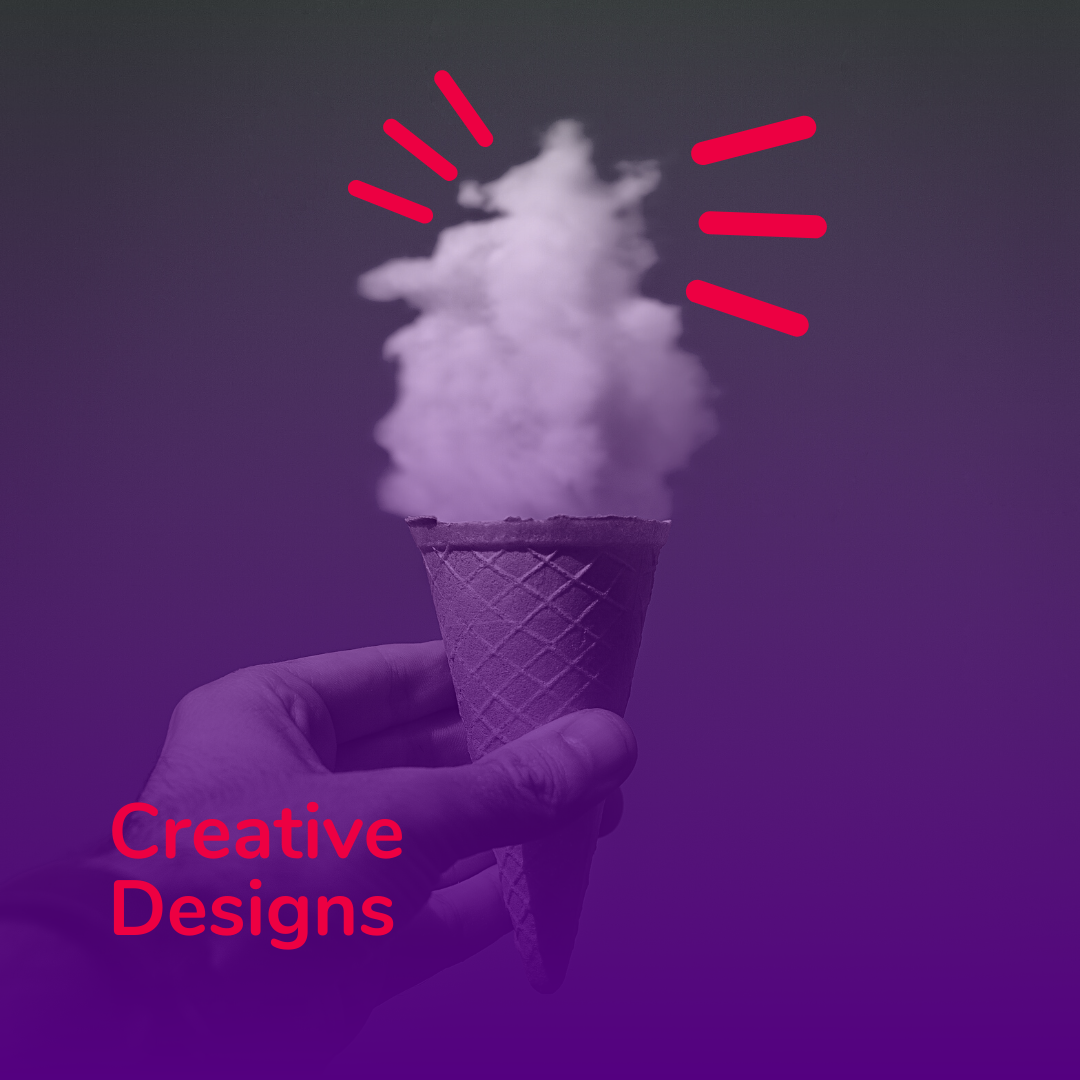
How to Use Automation for Better Designs
- Faye
- March 11, 2024
- 04 Mins read
Introduction to Design Automation for Creatives
Today, we’re embarking on a journey through the dynamic landscape of creative design. From the meticulous process of crafting visual narratives to the rising tide of automation, let’s explore how this powerful duo is reshaping the way we perceive and produce art.
Decoding the Creative Lab
Unlocking the secrets of design creation reveals a fascinating world where ideas take shape, evolve, and transform. It’s a collaborative combo of imagination, sketches, feedback loops, and refinements. But, time is often an elusive companion.
Time Dilemmas for Companies and Designers
Imagine a marketing team eager for eye-catching visuals and designers fueled by passion to deliver excellence. However, the time becomes a relentless adversary, challenging the delicate balance between artistic brilliance and meeting tight deadlines.
The Emergence of Automation: Design’s Agile Partner
Enter automation, a silent force revolutionizing the creative realm. Far from replacing human ingenuity, it acts as a digital assistant streamlining repetitive tasks, allowing designers to channel their energy into the essence of creativity.
Unlocking the Benefits of Automated Design
The allure of automation lies in its speed, consistency, and efficiency. Imagine a world where generating multiple designs simultaneously is not only feasible but enhances the overall quality of output. That’s the true marvel of automated design.
Designers and Automation: A Symbiotic Relationship
Contrary to misconceptions, automation doesn’t overshadow designers; it complements and amplifies their abilities. It takes care of the mundane, freeing designers to delve deeper into their creative wells. It’s a partnership where each party brings its strengths to the canvas.
Navigating the Future: Creative Tech Unveiled
Looking into the future, we witness a harmonious convergence of human creativity and technological efficiency. The journey ahead is not about replacing one with the other but sculpting a new era where designers leverage automation to amplify their artistic prowess.
Traditional Design Process
Briefing:
Traditional: Designers receive a brief from clients or project managers outlining the project’s goals, objectives, and requirements. Automated: The initial input is provided by the user, defining the parameters for automated design generation.
Research:
Traditional: Designers conduct research on the industry, target audience, and competitors to inform their creative approach. Automated: Automated systems may leverage pre-existing data or user-provided information to understand the context.
Ideation:
Traditional: Designers brainstorm and sketch ideas, exploring different concepts and visual directions. Automated: Algorithms process input data to generate design options, exploring various layouts, colors, and styles.
Concept Development:
-
Traditional: Designers refine selected concepts, create mood boards, and develop detailed visual representations.
-
Automated: Generated designs undergo refinement based on predefined rules or user preferences.
Design Creation:
-
Traditional: Designers use graphic design tools to create digital or physical representations of the concept.
-
Automated: Designs are automatically generated using algorithms, often involving AI models.
Client Feedback:
-
Traditional: Design drafts are shared with clients for feedback, leading to iterations and revisions.
-
Automated: Users interact with the automated system, providing feedback to refine the generated designs.
Revisions:
-
Traditional: Designers make revisions based on client feedback until the final design is approved.
-
Automated: The automated system incorporates user feedback to iteratively improve the generated designs.
Finalization:
-
Traditional: The approved design is finalized for production, whether for digital or print applications.
-
Automated: The user selects the preferred design, which can be downloaded or integrated into various platforms.
Comparison with Automated Design Process
Speed:
- Traditional: Time-consuming, especially in the feedback and revision stages.
- Automated: Rapid generation of designs, reducing time-to-market.
Creativity:
- Traditional: Relies on human creativity and intuition.
- Automated: Combines predefined rules, algorithms, and user input to generate creative solutions.
Feedback Loop:
- Traditional: Sequential feedback loop between designer and client.
- Automated: Immediate user-driven feedback loop, allowing quick adjustments.
Customization:
- Traditional: Highly customizable based on direct communication.
- Automated: Customization within the defined parameters or user preferences.
Resource Intensity:
- Traditional: Requires skilled designers, tools, and time.
- Automated: Reduces dependency on extensive design expertise.
Variety:
- Traditional: Limited by human capacity and time constraints.
- Automated: Generates a wide variety of designs quickly.
AdVentur.ai: Elevating Creative Automation
Now, let’s shine the spotlight on AdVentur.ai, a great player in the realm of creative automation. This innovative tool has been crafted with the sole purpose of simplifying and enhancing the creative process for businesses of all sizes.
At its core, AdVentur.ai brings a fresh breeze of efficiency to the creative design automation. Here’s a glimpse into how it automates the creative journey:
Personalized Branding
AdVentur.ai understands the importance of brand identity. Dive into the world of personalized branding by uploading your brand colors and fonts. Watch as your unique style becomes an integral part of every creative output.
Intuitive Scheduling
Navigating to the schedule tab, you’re greeted by an intuitive interface. Select your preferred posting date, upload an image, and with a simple click, unleash the power of AI to generate compelling content and hashtags. Effortlessly replicate this process for multiple posts.
Media Library for Effortless Retargeting
AdVentur.ai doesn’t just generate; it remembers. The media library acts as a treasure trove, housing all your uploaded images. Easily revisit and reuse them for retargeting, ensuring a consistent and impactful online presence.
A Friendly Reminder
While the delete option is there – because, let’s face it, we all change our minds – AdVentur.ai playfully recommends against it. Your journey with creativity is a dynamic one, and every post contributes to the evolving narrative.
In a nutshell, AdVentur.ai is not just a tool; it’s a creative companion, transforming the intricate process of design into an exhilarating and accessible adventure. Welcome to a future where automation and creativity coalesce seamlessly! 🚀🎨
By embracing Automated Creatives, marketers and designers can stay at the top of the iceberg. To learn more about event marketing strategies, check out our article on social media marketing campaigns.